Tsering Dhundup
DHARAMSHALA, July 22: Chinese authorities have reportedly demolished over 300 Buddhist stupas and a sacred statues in what sources describe as a “second phase of the Cultural Revolution,” including a revered statue of Guru Padmasambhava (Guru Rinpoche), in Drakgo County, Karze Tibetan Autonomous Prefecture, situated in the traditional province of Kham in eastern Tibet.
According to the report, the destruction took place between late May and June 2025 at Lungrab Zang-ri, near the Janggang Monastery, according to CTA run tibet.net, citing sources inside Tibet.
Among the demolished were hundreds of medium-sized stupas, three larger sacred stupas, a statue of Guru Rinpoche considered the founder of Tibetan Buddhism, and a newly built statue of Khenpo Jigme Phuntsok, the revered founder of Serthar Buddhist Institute. Locals report that the desecration has left the community in profound grief and fear.
In a clear attempt to wipe out traces of the destruction, authorities cleared the rubble and imposed a severe communication blackout in the area. Local Tibetans have been warned that any effort to share information with the outside world will be treated as “leaking state secrets,” punishable by immediate arrest. The region has since been sealed off, with no entry or exit allowed.
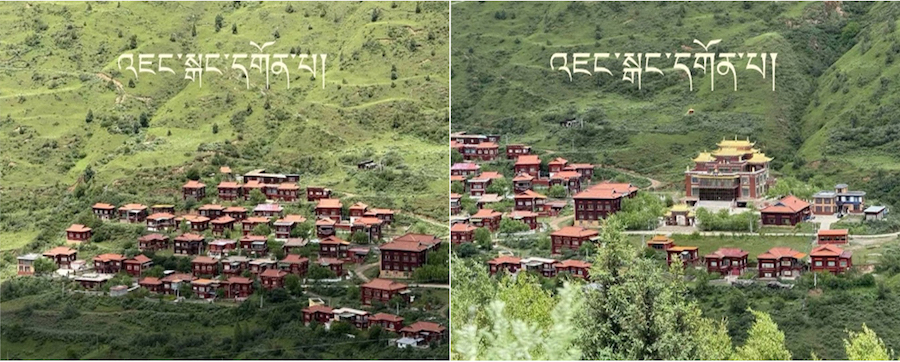
Chinese officials have justified the demolition by claiming the structures were built on “government land” and in violation of unnamed regulations. However, rights groups and exiled Tibetan sources have called the move part of a broader campaign of cultural genocide aimed at eradicating Tibetan identity and replacing it with state-sanctioned narratives.
Tibetan sources describe the escalating repression as a “second phase of the Cultural Revolution,” citing growing efforts by Beijing to Sinicise Tibetan Buddhism. The campaign intensified following Decree No. 22 issued by China’s National Religious Affairs Bureau in December 2024. The decree mandates that all monasteries operate under strict state control from January 2025, invoking Article 43 of the newly amended Monastery Management Regulations.
Under these rules, religious teachings and practices must align with Chinese Communist Party (CCP) ideology, with religious leaders forbidden from conducting independent spiritual activities. Monasteries are now subject to surveillance, restrictions on travel, and mandatory political re-education.
The assault on sacred symbols coincides with an intensified campaign against Tibetan religious figures. Scholars, lamas, and Tulkus refusing to comply with state-imposed rules are subjected to arbitrary detention, long-term imprisonment, or enforced disappearances.
A high-profile case is that of Tulku Hungkar Dorje, who had resisted Chinese policies in Golog, Amdo. After fleeing to Vietnam to escape political persecution, he was reportedly detained in a covert operation and died in Chinese police custody on March 28. Authorities in both countries have remained silent, refusing transparency and conducting a secret funeral.
Khenpo Tenga of Janggang Monastery, responsible for the construction of the demolished stupas, is currently under house arrest and barred from meeting devotees or performing religious duties.
In a further attempt to suppress Tibetan cultural expression, Chinese authorities banned public gatherings across Karze and neighbouring regions during the global celebrations marking the 90th birthday of His Holiness the 14th Dalai Lama in July. In Tibet’s Amdo region, monasteries were instructed not to allow more than five monks to travel together during this period.
Observers note that this is part of a broader effort to erase public veneration of the Dalai Lama, whom Beijing considers a separatist figure, and to replace religious loyalty with allegiance to the Communist Party.
This is not the first instance of large-scale destruction in Drakgo County. In November 2021, under the directive of then Party Secretary Wang Dongxin, Chinese authorities shut down the Gaden Namgyal Ling Monastery’s school. Weeks later, they demolished two large Buddha statues and 45 prayer wheels near the monastery.
The current demolition at Lungrab Zang-ri marks an escalation not only in scale but also in the violence inflicted upon one of Tibetan Buddhism’s holiest regions. Due to the complete communications shutdown and surveillance imposed by Chinese authorities, confirming further details remains difficult. Nonetheless, the exiled Tibetan government and international rights groups have denounced the campaign as part of a long-standing effort to annihilate Tibet’s spiritual identity.


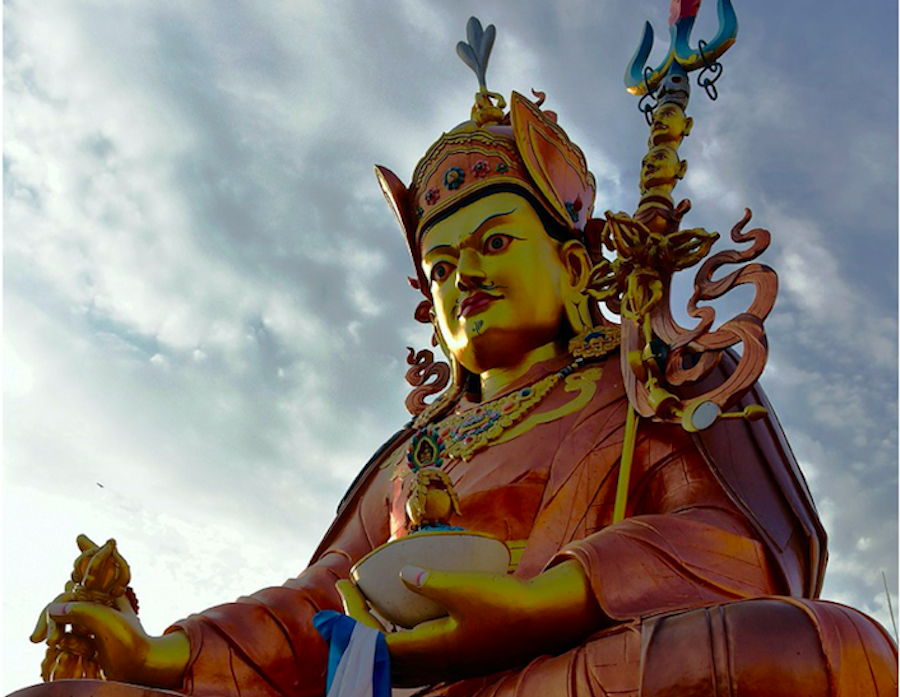



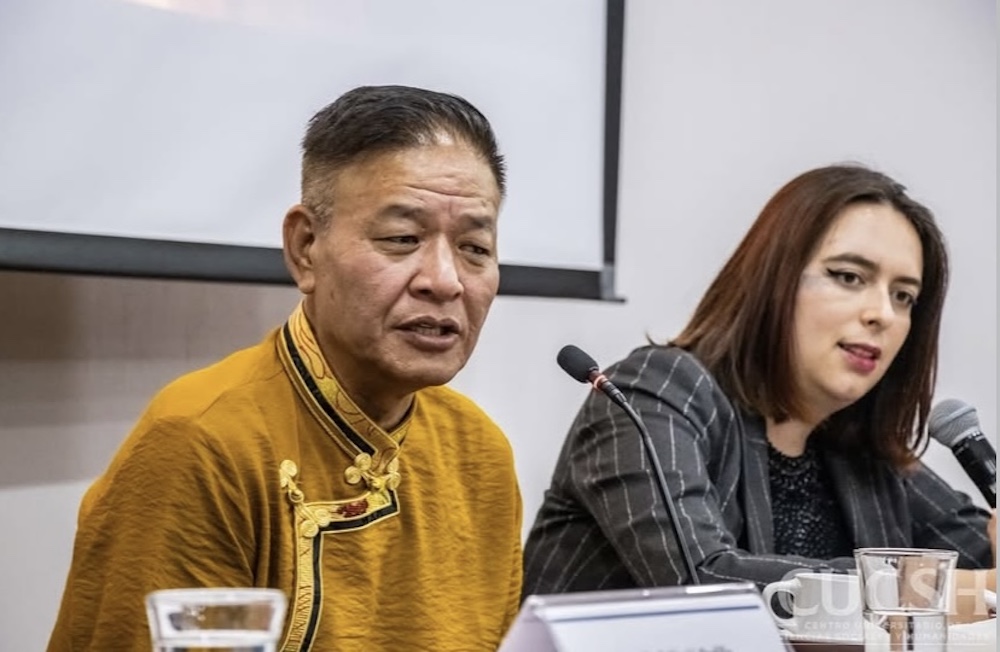

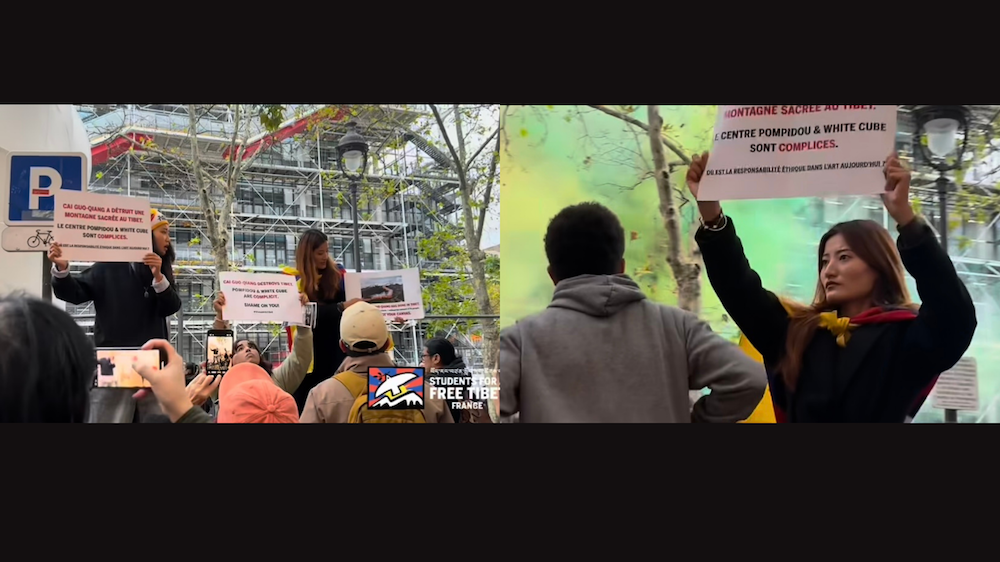
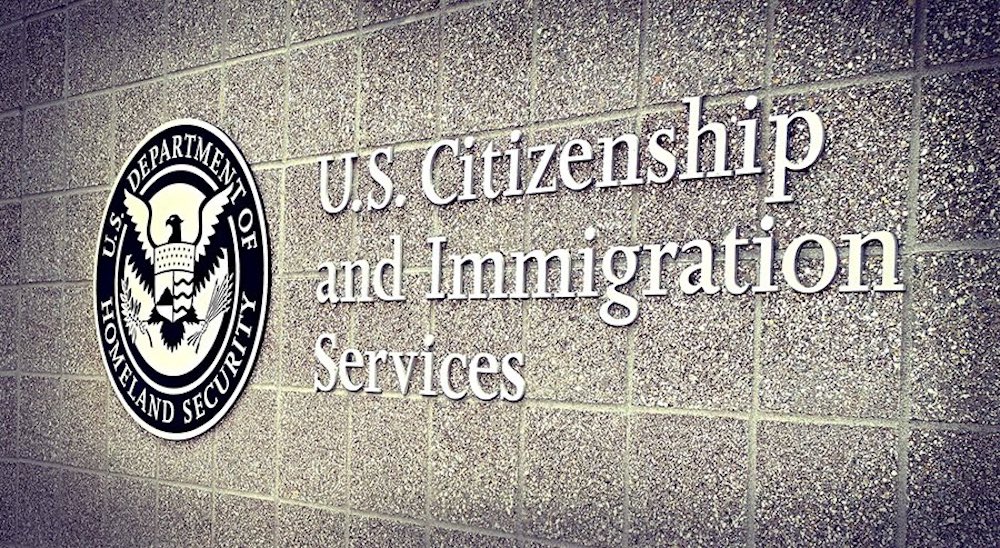
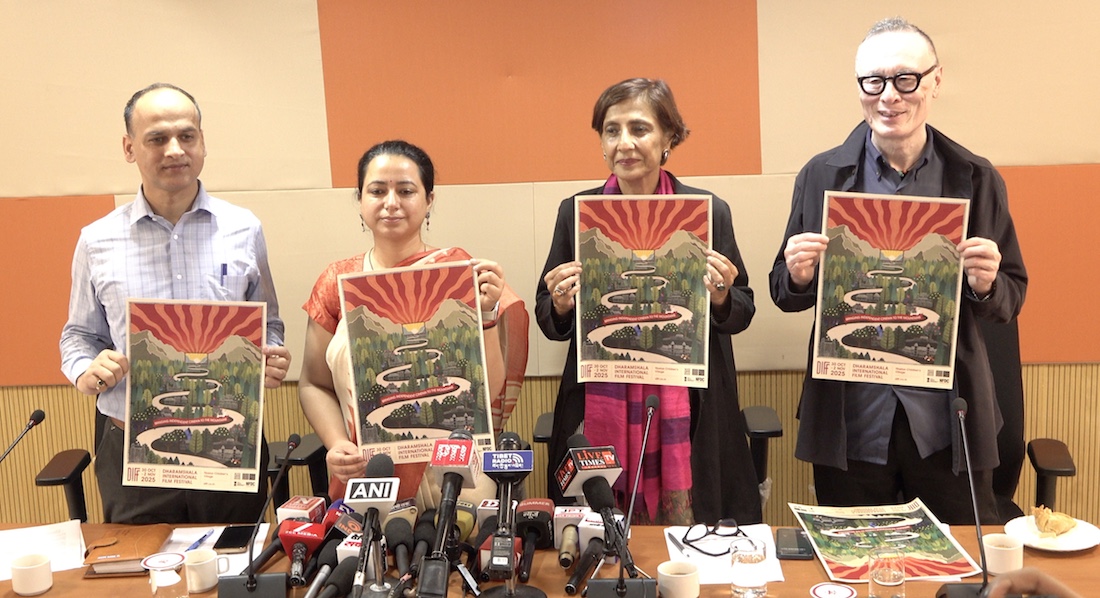
One Response
I am HERE and AWAKENED – Guru Rinpoche – Padmasambhava – Dorje Drolo – Living in San Antonio Tx 78252- American Name Manuel V Sanchez